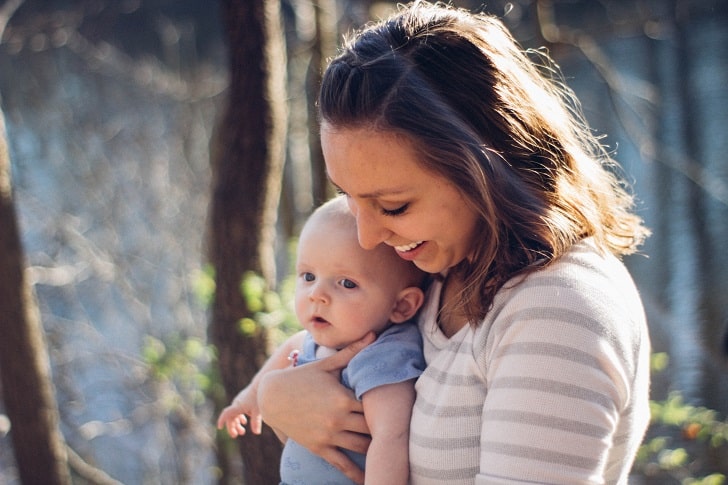There’s this notion everyone seems to swear by, one that ties the issues we face in our adult lives to problems we experienced in our childhood. You may even think of it as a cliché, but could it be because there’s some truth to it?
Existing material on the topic seems to agree, singling out adult relationships as one aspect of our lives that is greatly affected by happenings in our childhood years.
Amir Levine and Rachel Heller’s groundbreaking Attached is one of the books re-igniting the conversation surrounding the attachment theory in pop culture, redefining what exactly being in a relationship means.
All Adult Interactions
And by relationship, these authors don’t limit themselves to romantic involvements alone. Instead, they spread their reach to all adult interactions, explaining that the relationship you had with your primary caregiver sets the foundation of how you relate with others now that you’re all grown up.

This, truth be told, heavily involves how you communicate at work, and especially how you handle conflict. Depending on your attachment style, you have a distinct approach to how you conduct yourself, and this could positively or negatively impact your relationships at the office.
Attachment styles fall into four categories, namely secure attachment, anxious attachment, avoidant attachment, and disorganized attachment.
The first of these is the most popular of them all according to Verily, with the media outlet reporting that it is present in 56% of the adult population.
Secure attachment is present in individuals whose primary caregivers met their needs and, in the process, taught them that they could completely depend on them.

Anxious attachment is present in approximately 20% of the adult population and presents in adults whose primary caregivers were inconsistently meeting their needs.
The third style, as you may have already guessed, presents itself in individuals whose caregivers neglected their needs, and is present in about 23% of adults.
As for the final attachment style, Verily reports that it manifests in individuals who grew up in homes where abuse and violence were the order of the day.
Healthy, Stable Relationships
As you would expect, people who form secure attachments have healthy and stable relationships with their colleagues. Going by the findings of a study conducted in 2015, people with this attachment style like their coworkers, get along well with them, and they feel comfortable at the workplace.

A 2013 study also found that women with the same attachment style felt more satisfied at work and were less likely to conflict with their colleagues.
For those who form anxious attachments, they’re never really comfortable at work. They find themselves constantly wondering if they’re good enough, and often think that they could face the sack at any time.
Fortunately, a study conducted in 2011 has some good news for this cohort. Apparently, people with an anxious attachment style tend to promote teamwork, especially because they are aware of their limitations. In setting up a team, able-bodied members get to mask these limitations.
Unfortunately, this is not the case for individuals with avoidant attachment. As its name suggests, people with this attachment style tend to keep to themselves. When it comes to the office environment, they prefer working alone, a fact that may not sit well with their colleagues.





